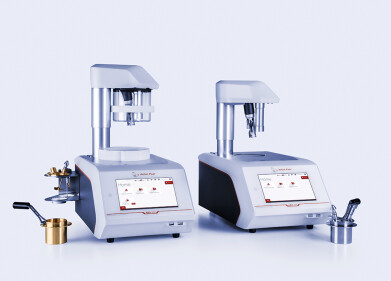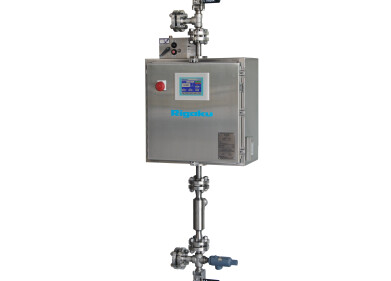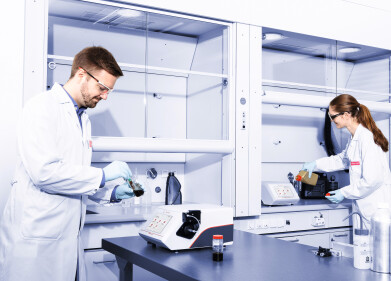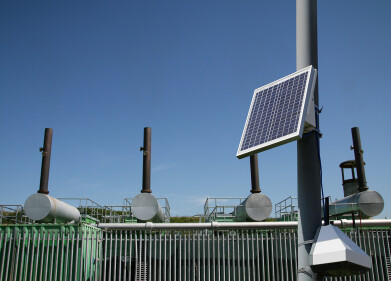Measurement and Testing
The analysis of catalysts
Feb 17 2016
Small, portable, application-specific EDXRF spectrometers, such as the HORIBA X-5000 and MESA-7220, are opening up many new markets for XRF technology. One of these areas is the oil market specifically, the analysis of catalysts. Catalysts typically occur in powder form and their elemental composition is critical to performance. Due to the ease of sample preparation, the speed of analysis, and the ease of use by non-scientific users; it is a natural fit for this industry. Some typical examples will serve to point out a few of these.
A good example of measurements at higher concentrations is the measurement of the chlorine content of reforming catalysts. These catalysts are used to improve the octane number of gasoline products, among other things. For this application control of the chlorine content is of paramount importance. A typical catalyst would require the chlorine content to be in the range of 1.2 - 1.7 weight percent. This level of chlorine would be required to be present following regeneration of the catalyst. The requirement is a measurement + 1% of the absolute target concentration. The MESA-7220 is able to provide the required accuracy, precision and analysis time for this application in a refinery setting.
Trace contamination of catalysts and by-product streams by metals is also a critical application. Here the catalyst poisoning and the production of toxic by-products are crucial concerns. Elements such as arsenic, lead, and silicon are irreversibly bound to the catalyst and thus decrease its efficiency. These concerns take the form of both monitoring the catalyst itself and also checking the feed stream coming to the catalyst. In either case, it is again a very quick, inexpensive analysis to protect a valuable asset by the X-5000.
Another important catalyst used in a refinery is the fluid cracking catalyst (FCC) which is used to convert the feed stocks into a slate of desired products. The challenge is again to prevent poisons from degrading the performance of the catalyst. In addition, fines are produced through attrition, which could end up containing unacceptable levels of these toxic metals. An example of this is the addition of antimony to the feed stream to passivate the nickel in the feed. If it deposits on the catalyst, or is discharged on the surface of the 'attrition' fines, it is a problem for the process. The X-5000 will permit timely monitoring of the entire process to prevent upset conditions from occurring.
These are but a few examples of the use of EDXRF technology for monitoring catalysts in a refinery. Hydrogenation, hydrocracking and hydrodesulphurization are the other processes which rely heavily on the use of catalysts. The use of XRF technologies to monitor these processes provide rapid (typically five minutes or less) test to monitor the health of the process. The implementation of this inexpensive (~$50K) instrumentation can pay for itself in a matter of months. To learn more about these applications, or to speak with our resident expert, please contact Allen Bickel at (310) 989-1470 (x1117).
Digital Edition
PIN 25.5 Oct/Nov 2024
November 2024
Analytical Instrumentation - Picturing Viscosity – How Can a Viscometer or a Rheometer Benefit You? - Sustainable Grease Formulations: Evaluating Key Performance Parameters and Testing Method...
View all digital editions
Events
Dec 03 2024 Dusseldorf, Germany
Dec 08 2024 Anaheim, CA, USA
Turkey & Black Sea Oil and Gas
Dec 11 2024 Istanbul, Turkey
Dec 19 2024 Aurangabad, India
Jan 20 2025 San Diego, CA, USA





















